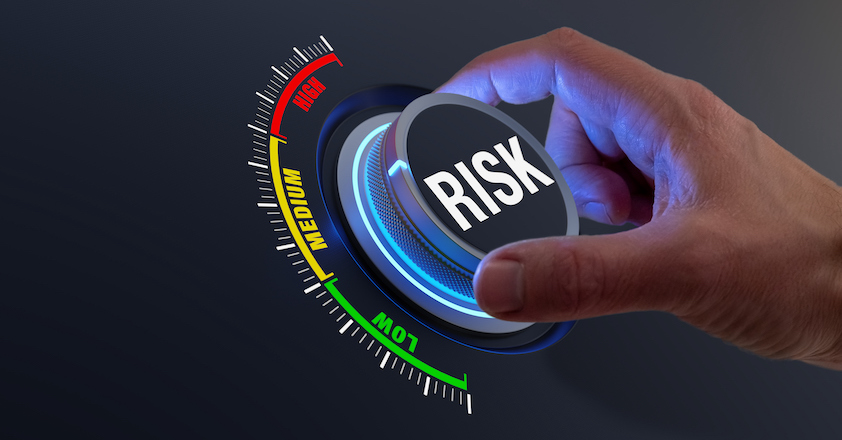
Mastering Risk Management in Project Execution
Introduction
Risk management is a critical component of successful project execution. At Global Dynamics Consulting (GDC), we emphasize proactive risk identification and mitigation strategies to ensure projects stay on track, within budget, and deliver value to stakeholders.
In this blog post, we’ll walk through a practical step-by-step approach to mastering risk management in project execution, providing project managers with actionable insights to anticipate, assess, and address risks effectively.
Step 1: Identify Potential Risks
Proactively identifying risks early in the project lifecycle helps prevent major setbacks. Project managers must consider various risk categories, including financial, operational, technological, legal, and environmental factors.
Practical Approach:
✅ Conduct risk brainstorming sessions with key stakeholders. ✅ Use historical project data to identify recurring risks. ✅ Apply the PESTLE (Political, Economic, Social, Technological, Legal, Environmental) framework to uncover external risks. ✅ Maintain a risk register to document identified risks for ongoing monitoring.
Example: Before launching a new GDC training program, conducting market research can highlight potential regulatory compliance risks.
Step 2: Assess and Prioritize Risks
Not all risks are equal. Project managers must evaluate the likelihood and impact of each identified risk to prioritize mitigation efforts effectively.
Practical Approach:
📌 Use a risk matrix to categorize risks based on probability and impact (Low, Medium, High). 📌 Differentiate between controllable vs. uncontrollable risks. 📌 Focus on high-impact, high-probability risks first. 📌 Involve subject matter experts for accurate risk analysis.
Example: A cybersecurity vulnerability in GDC’s learning management system (LMS) may be a high-priority risk requiring immediate attention.
Step 3: Develop Risk Mitigation Strategies
Once risks are identified and prioritized, the next step is to develop effective strategies to eliminate, reduce, or manage risks before they impact the project.
Practical Approach:
✅ Avoid risks by modifying project plans (e.g., using proven technology instead of untested solutions). ✅ Mitigate risks by adding contingency measures (e.g., backup suppliers for critical materials). ✅ Transfer risks through contracts or insurance (e.g., subcontracting risky tasks). ✅ Accept risks with a well-defined action plan in place.
Example: To mitigate schedule delays in a GDC software development project, implementing Agile methodologies ensures flexibility and early risk detection.
Step 4: Monitor and Respond to Risks
Risk management is an ongoing process that requires continuous monitoring, reporting, and adjustment as the project progresses.
Practical Approach:
📌 Conduct regular risk review meetings with project teams. 📌 Utilize risk tracking tools for real-time updates. 📌 Establish a clear escalation process for responding to risks. 📌 Implement early warning indicators to detect potential issues before they escalate.
Example: In GDC’s client engagement projects, tracking stakeholder feedback throughout the project helps identify and resolve risks related to client satisfaction.
Step 5: Learn and Improve
The best project managers don’t just manage risks—they learn from them to enhance future project outcomes. Post-project risk analysis ensures continuous improvement in risk management practices.
Practical Approach:
✅ Conduct post-mortem risk reviews to analyze what worked and what didn’t. ✅ Document lessons learned in a knowledge repository. ✅ Update the organization’s risk management framework based on real-world experiences. ✅ Provide risk management training for project teams.
Example: After completing a GDC infrastructure upgrade project, reviewing vendor performance data can inform future procurement risk strategies.
Conclusion
Mastering risk management in project execution ensures greater resilience, fewer surprises, and higher project success rates. By following these steps—identifying, assessing, mitigating, monitoring, and learning—project managers can enhance their ability to deliver value while minimizing uncertainties.
🚀 Want to improve your risk management strategy? Stay tuned for more expert insights from GDC on effective project management practices!
